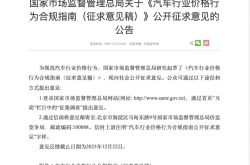Former CEO Drops a Bombshell! World's Fourth-Largest Automaker to Split into Three, with Some Businesses Potentially Sold to China
![]() 10/27 2025
10/27 2025
![]() 477
477
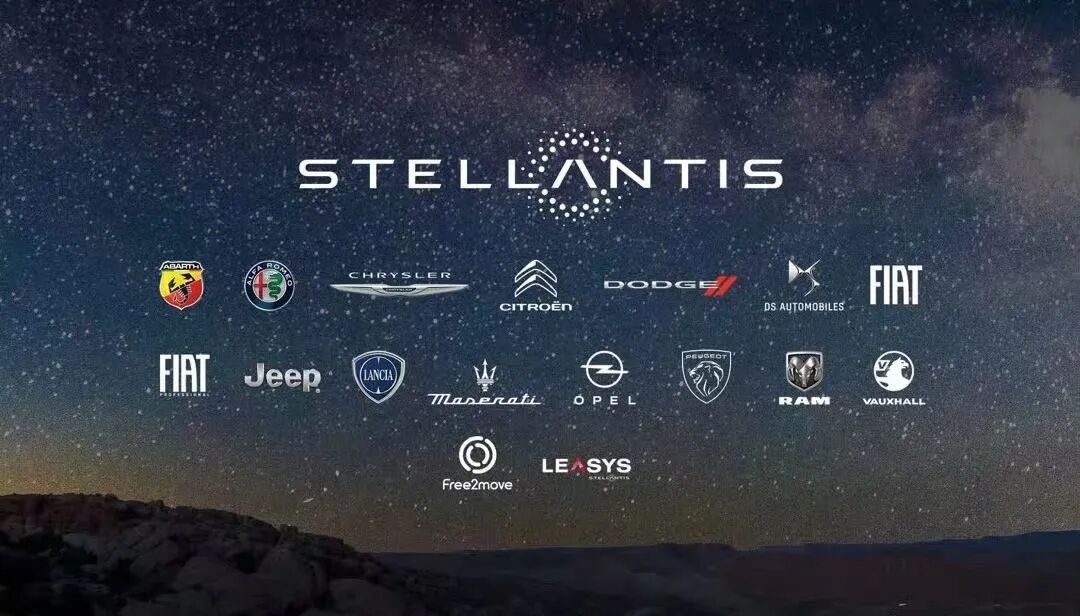
The world's trajectory often sees the reunification of the long - divided and the division of the long - united. This principle holds true even for entities separated by thousands of miles, such as those in Europe and the United States. This time, it's Stellantis, the world's fourth - largest automaker, that is facing the prospect of division.
The bombshell was dropped by Carlos Tavares, the former CEO of Stellantis. Tavares disclosed that Stellantis is currently teetering on the brink of a split. Why? Well, if Jeep and Fiat are unable to withstand the mounting pressures from various stakeholders in their home markets, the French, Italian, and U.S. operations of Stellantis might have to part ways. In simpler terms, the French, Italian, and U.S. business segments will operate independently, effectively splitting Stellantis into three distinct entities.
This news comes as a huge shock. After all, Stellantis was born out of the merger between the SA Group and the FCA Group, with the FCA Group itself being a product of the merger between Fiat and Chrysler. If Tavares' statement proves to be accurate, not only will Stellantis collapse, but the FCA Group (Fiat Chrysler), a smaller alliance within it, will also disintegrate, reverting back to its most basic form as a group of automakers. This would be a seismic event for the global automotive industry.
The formation of Stellantis is a significant case study in the global automotive industry's shift towards electrification. It was once considered a model project in this transition.
During the electrification shift, many automakers found the costs to be exorbitant and the risks uncontrollable. As a result, forming 'alliances' became the preferred strategy. This led to the creation of numerous unexpected partnerships, such as the power - sharing arrangement between Mercedes - Benz and BMW, and the collaborations between Volkswagen and Ford. In 2019, PSA Group announced its merger with Fiat Chrysler Automobiles (FCA). By 2021, PSA Group and FCA Group had officially merged to form Stellantis Group.
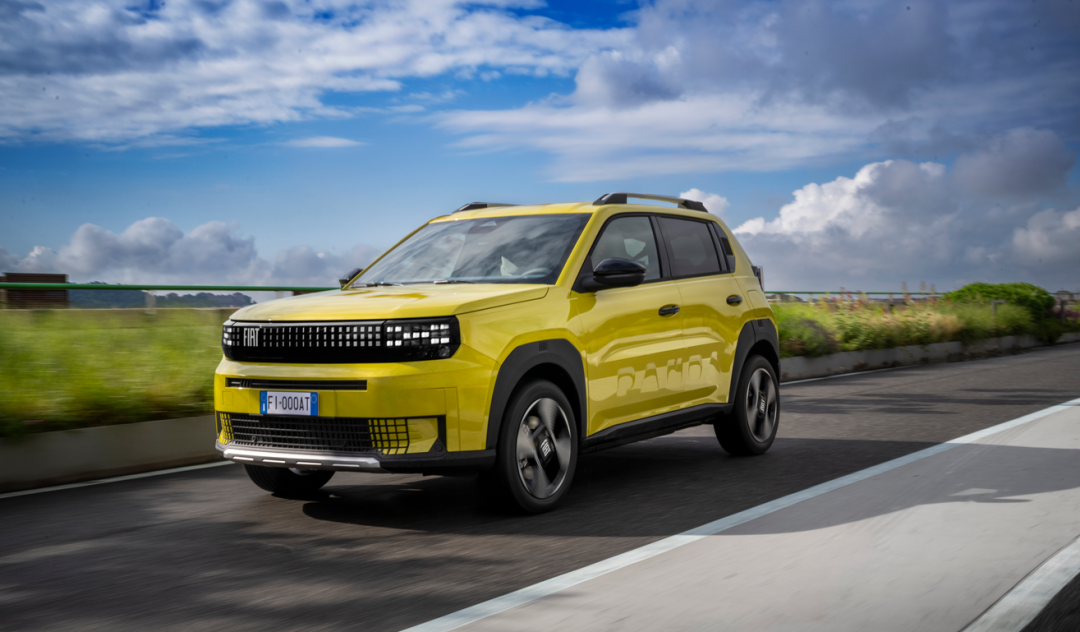
As two of the world's top ten automakers, their collaboration gave birth to a new global automotive giant. Based on 2019 data, the merged Stellantis would become the world's fourth - largest automaker, trailing behind Toyota, Volkswagen, and the Renault - Nissan - Mitsubishi Alliance. In 2019, FCA sold 4.418 million new vehicles globally, while PSA sold 3.5 million, bringing the total to 7.918 million. This placed it fourth after Volkswagen (10.9746 million), Toyota (10.7421 million), and the Renault - Nissan - Mitsubishi Alliance (10.1552 million).
In terms of the number of brands, it would become the world's largest automaker alliance. Through this merger, Stellantis would own 14 brands, including FCA's Fiat, Maserati, and the U.S. - focused Jeep, Dodge, and Ram, as well as PSA's Peugeot, Citroën, Opel, and DS. This surpassed Volkswagen Group in terms of brand count. Additionally, by acquiring a stake in Leapmotor in 2023, it added a 15th brand to its portfolio. Such a vast array of brands is truly staggering.
In 2023, Stellantis overtook the Renault - Nissan - Mitsubishi Alliance in sales, becoming the world's fourth - best - selling automotive group with a global cumulative sales volume of 6.4 million vehicles. Its sales ranked only behind Toyota, Volkswagen, and Hyundai - Kia. After the merger, Stellantis rapidly reduced costs through internal integration, which drove an improvement in its overall performance.
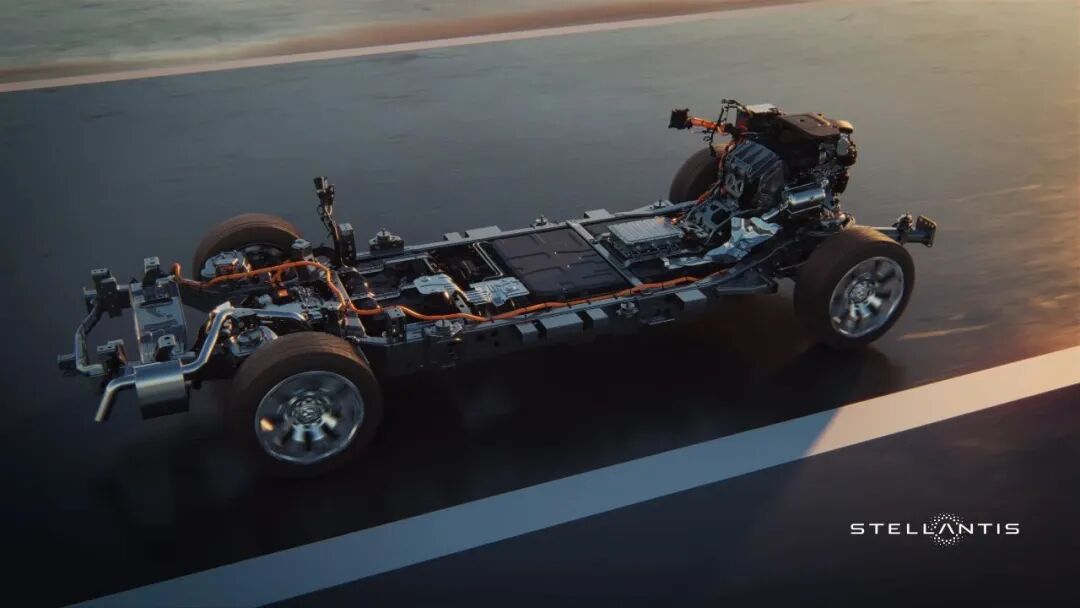
In the 2023 fiscal year, Stellantis Group delivered its best - ever performance. That year, the group's net revenue increased by 6% year - on - year to €189.5 billion. Net profit surged by 11% to €18.6 billion (over RMB 100 billion). Adjusted operating profit rose by 1% to €24.3 billion, and the adjusted operating profit margin reached 12.8%. In terms of new vehicle sales, Stellantis Group reported 6.168 million vehicles sold in 2023, excluding joint venture sales, up 7% year - on - year. There was also significant growth in the sales of pure electric vehicles and low - emission models.
However, the good times were short - lived. Just half a year later, Stellantis' performance took a sharp nosedive. In the first half of 2024, Stellantis Group's revenue reached €86 billion, up 3% year - on - year, but net profit plunged to a €2.5 billion loss, marking its worst performance since the merger. Keep in mind that it had a €3 billion profit in the same period of 2023. The performance decline amounted to €5.5 billion, leaving a huge gap in terms of revenue.
In 2024, Stellantis' net revenue was €156.9 billion, down 17% year - on - year. Adjusted operating profit was €8.6 billion (approximately RMB 65.547 billion), a 64% decline. More grimly, net profit was €5.5 billion, a 70% plunge. Meanwhile, under Tavares' leadership, Stellantis shifted production and engineering operations to lower - cost countries like Morocco. This move sparked opposition from unions and angered the Italian government. Against this backdrop, Stellantis Group's investors, unions, and shareholders grew increasingly restless.
Starting in July of that year, Tavares faced a barrage of criticism from unions, dealers, and other parties, effectively leaving him surrounded. An heir to the Chrysler family also announced his intention to repurchase the brand from Stellantis and criticized Tavares and other executives. In October 2024, Stellantis publicly announced that Tavares would step down after his contract expired in early 2026 and began searching for his successor.
This was essentially a public ousting, a major slap in the face. Unable to endure further, Tavares announced his resignation in December of that year.
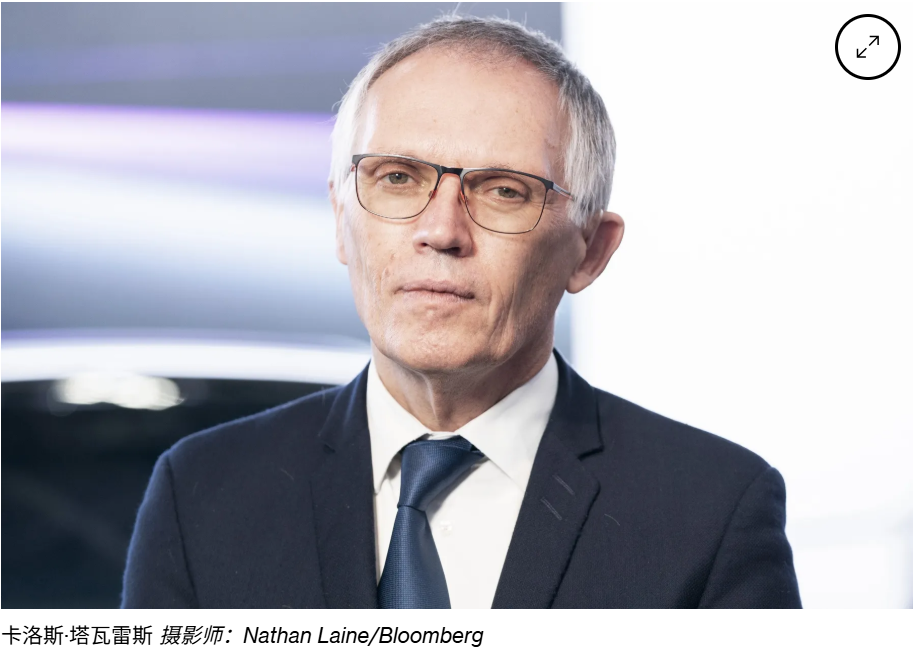
However, Tavares' departure left the CEO position vacant, and Stellantis' performance continued to decline. In the first half of 2025, Stellantis Group's revenue was €74.3 billion, down 13% from €85 billion in the same period last year. Net profit turned from positive to negative, plunging from a €5.6 billion profit last year to a €2.3 billion loss (approximately RMB 19 billion), a 141% year - on - year drop. Against this backdrop, the very existence of Stellantis Group has been called into question.
The group has even earned the nickname 'Losers Alliance' from Chinese netizens due to its collective sales decline.
'I worry that the tripartite balance between Italy, France, and the United States will be broken,' Tavares said. Given the risk of being pulled in multiple directions, the group's survival as an independent company will depend on whether management focuses on unity 'every day.' He believes that with stagnant car demand, more aggressive Chinese manufacturers entering the market, and escalating geopolitical tensions (while the automotive industry undergoes technological transformation), its path forward has become increasingly complex.
For example, in 2024, U.S. Republican senators urged Stellantis to divest brands like Jeep, Ram, Dodge, and Chrysler, arguing that these brands should return to American hands. This move sparked concerns among French and Italian unions. The new CEO's executive appointments mostly came from the former Fiat Chrysler, many with Latin American backgrounds, as Filosa had worked in Latin America for years.
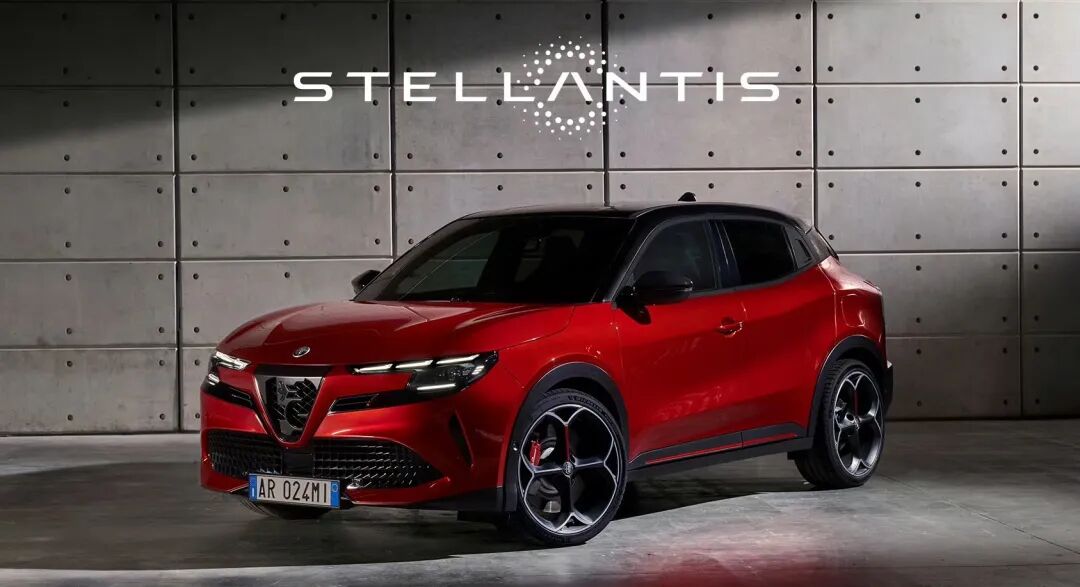
Currently, Stellantis has temporarily closed several factories in Europe in October of this year due to insufficient production capacity. Tavares predicted that the group's European and North American operations might separate in the future. He also raised the speculation that Chinese automakers are likely to acquire some of Stellantis' businesses or brands, which could accelerate its disintegration. In 2024, foreign media reported that Stellantis was planning to sell Maserati and Alfa Romeo.
Chinese companies have shown great enthusiasm for these two brands, with potential buyers including Chery and Dongfeng. 'One possible scenario, among many others, is that one day a Chinese manufacturer bids for the European business, while an American company takes back the North American operations,' Tavares said. He believes that if the business is split, it would allow Stellantis' remaining brands to refocus on their own markets, similar to what General Motors has done over the past decade.
That said, as the former CEO of Stellantis, Tavares' revelation of such bombshell news, despite being forced to resign, seems somewhat ungrateful considering his annual salary of over €200 million. Stellantis is currently at a critical juncture for recovery and is planning its return to the Chinese market. Such a revelation at this time could severely undermine investor confidence in Stellantis.




